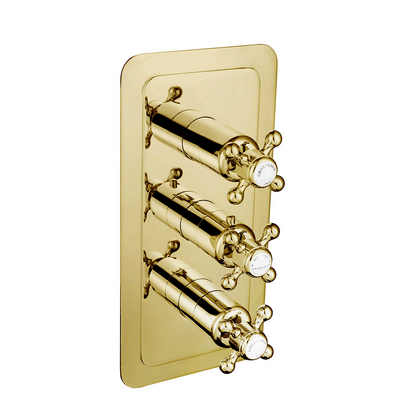Your spa and pool are major investments, therefore it's crucial to maintain them all year round. In this article, we'll cover the basic winterization requirements for above and inground pools as well as in-ground ground pools, and some tips on spas and suggested products.
- If your region is susceptible to hard freezes frequently make sure you properly prepare your pool equipment for winter and pipes, after which you can cover your pool.
- In milder climates, you can keep your pump operating as normally would do to keep the water in your pool from freezing.
- Above Ground Pools are more vulnerable to winter damages and require special treatment and attention.
- Spas should be enjoyed all through the wintertime. The closing of your spa is not recommended unless the spa is not utilized for at least three months (i.e. in a vacation house).
How to close an Indoor Swimming Pool
Follow these steps to shut down the pool for areas that experience frequent hard freezes.
- Balance the pool properly. Also, you can add the shock treatments (chlorinated as well as non-chlorinated).
- Reduce the water level until it is just below the Skimmer.
- Clear the pipes and all equipment for water use compressors or blowers and then plug the pipes around the pool.
- Include antifreeze from swimming pools on the lines to avoid freezing.
- Install your winter cover or safety cover for tarps using water tubes to keep it in place.
Snow and rain can create thousands of pounds on the winter pool cover. A pool cover pump can stop the weight of standing water from being a burden and will prolong the lifespan of the cover.
To prepare the pool you have for the winter season in milder climates:
- Be sure the pump is operating even in below freezing temperatures.
- Make sure the water is properly cleaned and balanced during the off-season months.
- A few pool owners choose to put in the Winter Cover or Safety Cover.
How to close the Door to an Above Ground Swimming Pool
- Make sure that the water is balanced. Also, you can add a shock process (chlorinated or not chlorinated).
- If you are preparing to winterize your pool, make sure you don't drain water below the level recommended. Never drain the pool completely.
- Lower the water level until it is below the skimmer's opening, and the plug returns to the pool. Install the cover for the skimmer's faceplate.
- Clean the pipes and other equipment of water and then insulate them. Removing and storing your pump.
- Install the air pillow, then, the pool cover
- Place your pump, hoses and other equipment that is able to be removed.
Dealing with Shower Valves
Shower valves play a crucial role in controlling water flow and temperature in your shower. Here are some tips for maintaining and troubleshooting shower valves:
1. Regular Maintenance: Perform regular maintenance on your shower valves to ensure smooth operation and prevent leaks. Clean the valve components and lubricate moving parts as needed.
2. Check for Leaks: Inspect the shower valve for any signs of leaks, such as dripping or pooling water. Address any leaks promptly to prevent water damage and mold growth.
3. Adjust Water Temperature: If you're experiencing issues with water temperature control, check the valve's temperature adjustment settings. Adjust the settings as needed to achieve your desired water temperature.
4. Replace Faulty Valves: If your shower valve is old or malfunctioning, consider replacing it with a new one. Modern shower valves offer improved performance and efficiency, and replacing a faulty valve can help prevent further issues down the line.
5. Consult a Professional: If you're unsure how to troubleshoot or repair your shower valve, don't hesitate to consult a professional plumber. They have the knowledge and expertise to diagnose and fix any issues with your shower valve effectively.
6. Upgrade to Smart Valves: Consider upgrading to smart shower valves that offer advanced features such as programmable settings, remote control, and water-saving capabilities. Smart valves can enhance your shower experience and help conserve water and energy.
By following these tips, you can ensure that your indoor swimming pool and shower valves remain in top condition year-round. Proper maintenance and care will help extend their lifespan and ensure optimal performance when you need them most.



